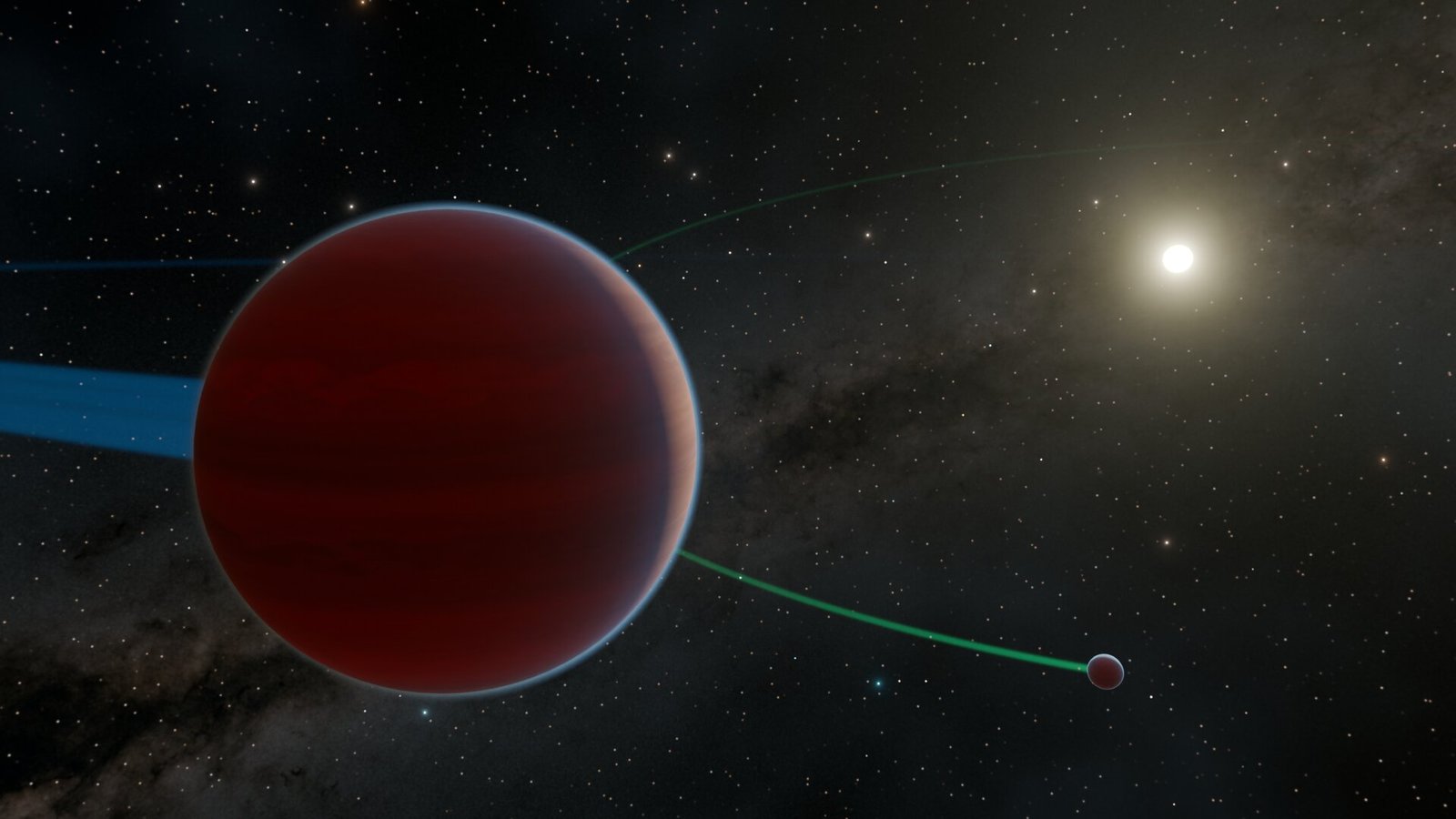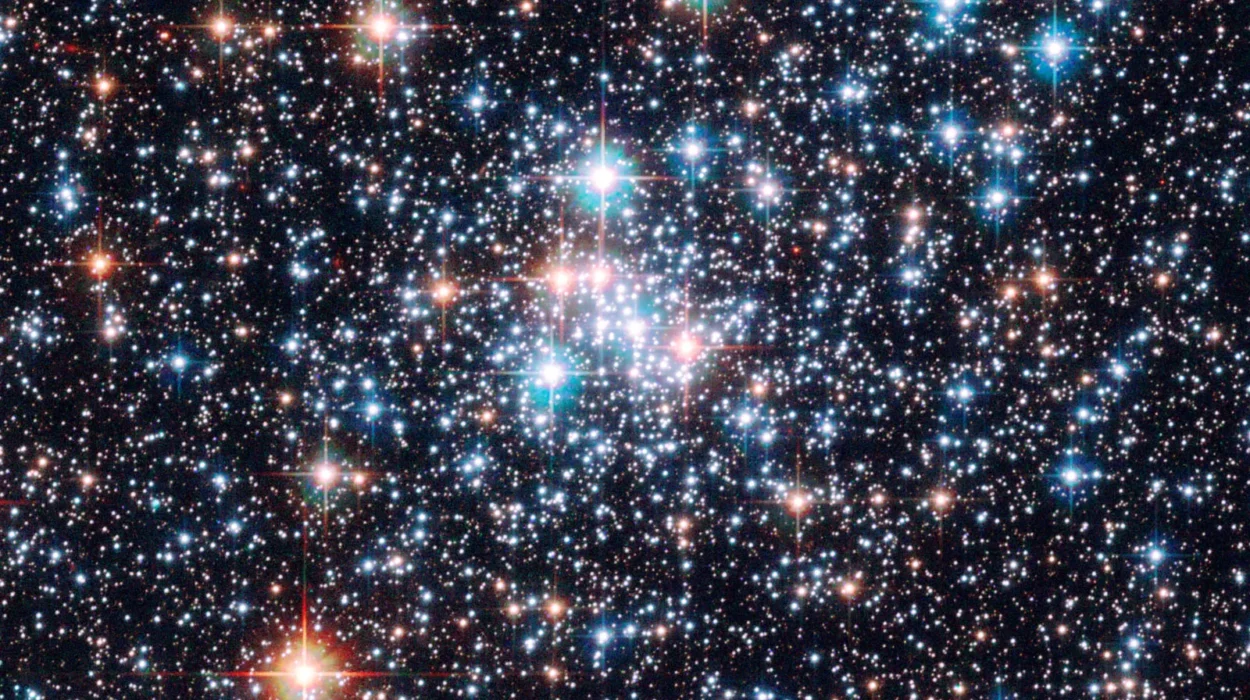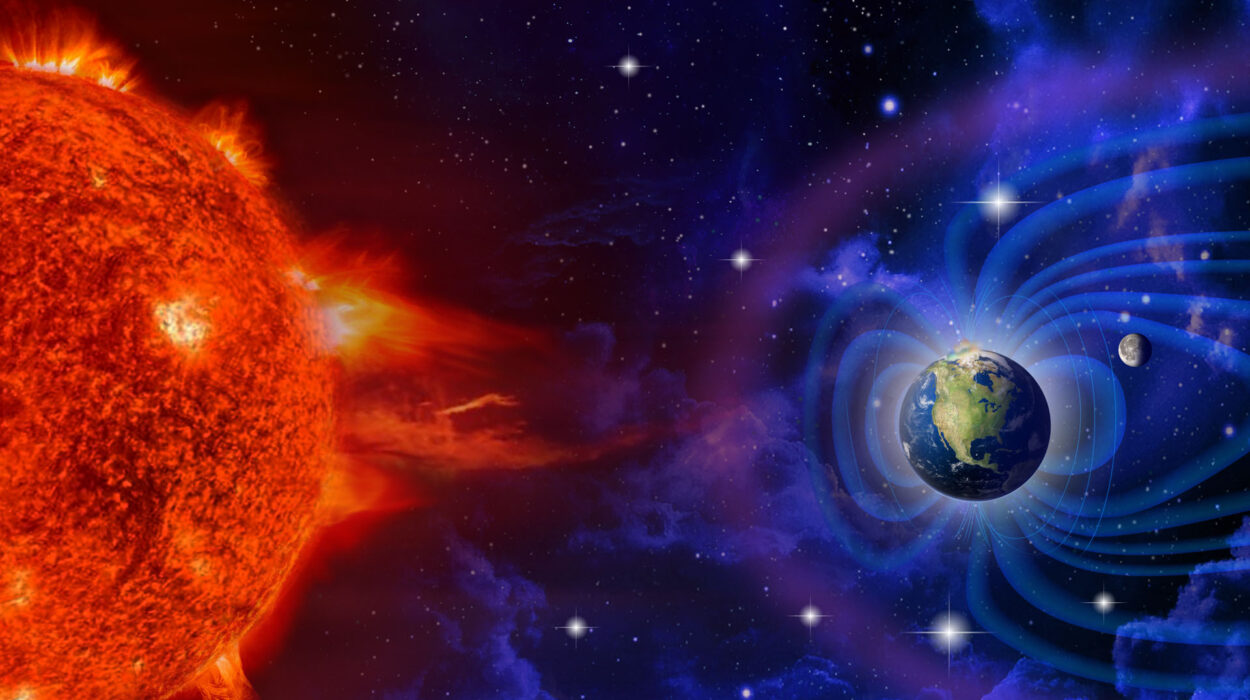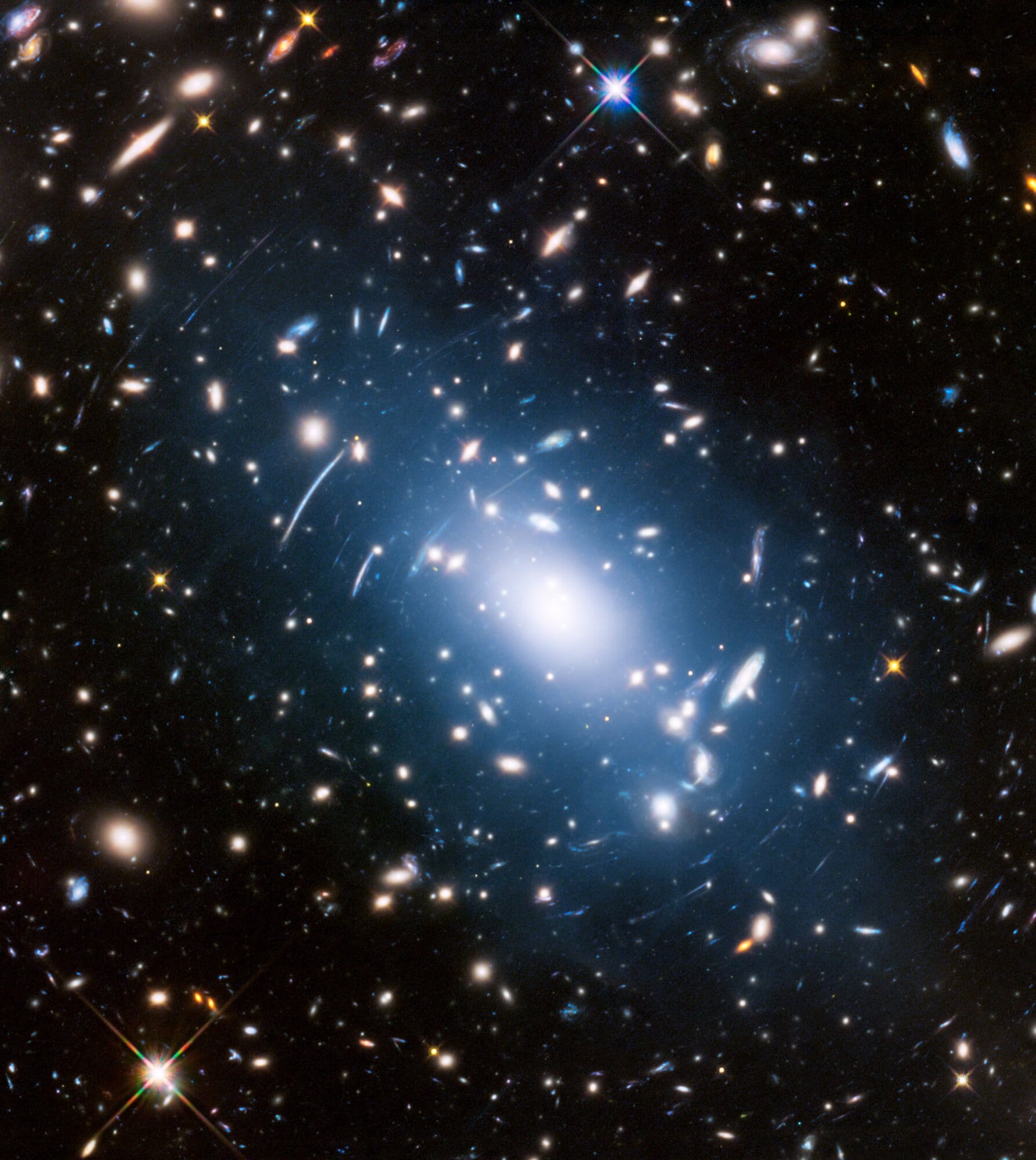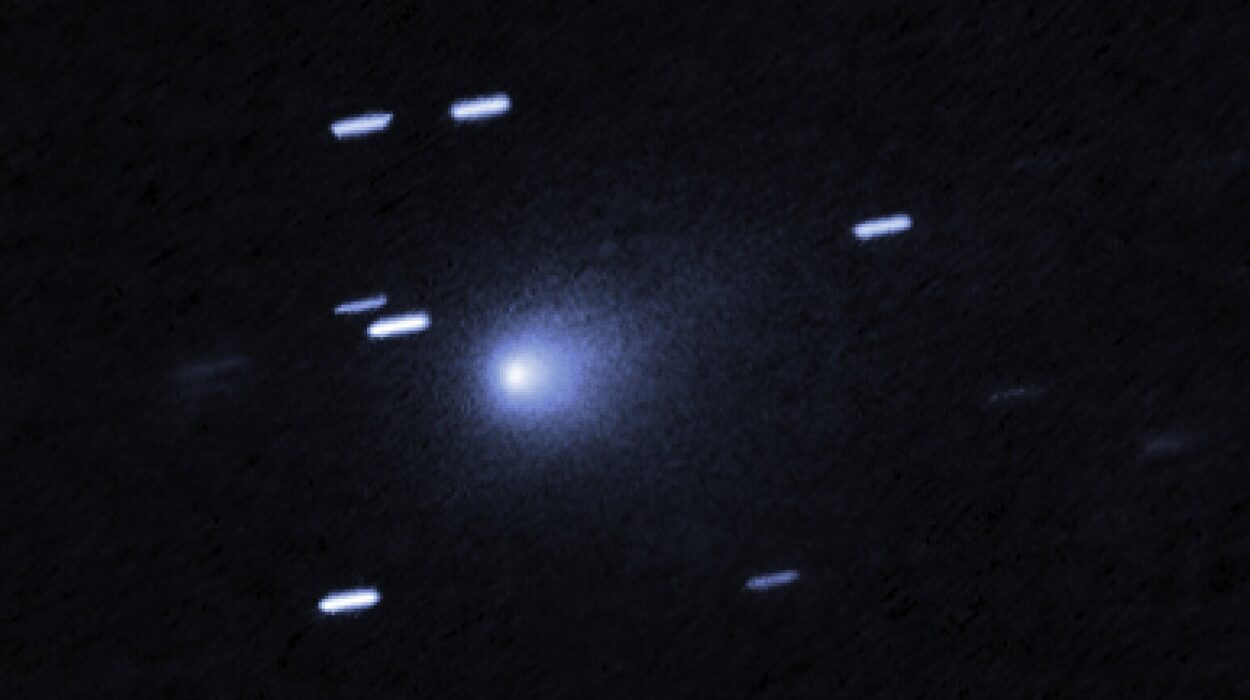In a distant patch of sky, where a star once sat alone in the eyes of science, two exoplanets have now stepped into the spotlight—emerging from the shadows with a celestial dance that defies the usual choreography of planetary motion. These two newfound worlds orbit their star not in a neat, flat disk, but in a dazzling cosmic ballet that sways, dips, and spins like a pair of wooden ponies on an antique merry-go-round.
The star system in question, KOI-134, has captivated astronomers in a way that few others have. Once dismissed as an observational misfire—a so-called “false positive” in NASA’s Kepler Space Telescope data—it has now been revealed to be home to one of the most unusual planetary systems ever observed. A team of researchers led by Emma Nabbie from the University of Southern Queensland published the stunning findings this week in Nature Astronomy, turning an old data relic into a new astronomical treasure.
From Ghost Signal to Gravitational Waltz
More than a decade ago, NASA’s Kepler mission—tasked with staring at 150,000 stars to catch the tiny flickers of orbiting planets—flagged KOI-134 as a possible planet-hosting system. One transit signal suggested a large object might be orbiting the star. But the timing was strange, inconsistent. The planet seemed to show up early… and then late… and then sometimes not at all. Automated systems scrubbed it out of the data set, labeling it a false positive.
That might have been the end of the story—if not for the remarkable openness of NASA’s data archives, which allow researchers around the world to revisit and reinterpret past observations. That’s exactly what Nabbie and her collaborators did.
What they discovered was more than just a real planet—it was an entire planetary duet, one that had simply hidden behind an elaborate illusion of timing and tilt.
The Troublemaker: KOI-134 b
The main suspect in the original data anomaly, now formally named KOI-134 b, is a “warm Jupiter”—a gas giant roughly the size of Jupiter, orbiting relatively close to its host star. But this planet wasn’t following a simple, predictable path. Instead, it was arriving “early” or “late” to each of its transits by as much as 20 hours, a substantial variation in the planetary world.
These unpredictable arrivals are the signature of transit timing variations (TTVs), a phenomenon caused by gravitational tug-of-war. Something was pulling on KOI-134 b—changing its orbit just enough to throw off its schedule. That something, the researchers found, was a second, smaller planet: KOI-134 c.
The Hidden Companion: KOI-134 c
KOI-134 c is a planet slightly smaller than Saturn, and it had remained entirely invisible to Kepler’s original detection methods. Why? Because it doesn’t pass in front of its star from our point of view. It orbits at an angle—a tilted orbital plane—about 15 degrees off from KOI-134 b. This tilt, known as a mutual inclination, is rare for such closely packed planetary pairs and is part of what makes this system so extraordinary.
The two planets don’t just orbit at different angles; their orbits tilt back and forth over time, rocking in a slow, gravitational rhythm. And as they swing, their resonance—KOI-134 b takes about 67 days to orbit the star, while KOI-134 c takes about 33—keeps them locked in a perfect 2:1 tempo. One completes two laps for every one lap of the other, like gears turning in an invisible clock.
A Merry-Go-Round in the Cosmos
Put it all together—the tilted planes, the bouncing orbits, the resonant rhythm—and what you get is a planetary motion so unique and elegant that scientists compared it to a merry-go-round. The planets, like ornate horses on a carousel, bob and spin in their tilted tracks, each pushing and pulling the other with unseen hands.
But this isn’t just poetic. It’s scientifically groundbreaking. This is the first compact, multiplanet system ever discovered with such a high mutual inclination and dynamically interacting orbits revealed through TTVs. It’s also the first where those interactions cause the planets’ orbital planes to physically tilt over time—what scientists call precession.
“We’re watching a dynamic, evolving system, not just a static snapshot,” said Nabbie. “It’s like discovering that the solar system has a hidden heartbeat.”
Why This Discovery Matters
While the discovery is beautiful in its complexity, it also has profound implications for planetary science.
Most of the thousands of exoplanet systems discovered so far appear to be relatively flat—like our own solar system—where planets orbit roughly in the same plane. The KOI-134 system challenges that norm. It’s evidence that compact planetary systems can be surprisingly warped, and that their gravitational interactions may be more chaotic and colorful than previously thought.
And because KOI-134 c does not transit its star, traditional methods would never have found it. Only by noticing the odd behavior of its sibling could astronomers uncover its existence. This speaks to the power of TTV analysis and highlights the invisible richness of planetary systems that we may have overlooked.
It also adds weight to an emerging realization in exoplanetary science: the universe is more architecturally diverse than we imagined. Not all systems are calm, clockwork orreries. Some are dances. Some are duels. Some, like KOI-134, are carousels.
Science, Rediscovered
Perhaps most inspiring is how this discovery came about. It wasn’t the result of new telescopes or expensive missions. It came from revisiting old data, challenging assumptions, and asking new questions.
The original Kepler mission may have ended in 2018, but its legacy continues. KOI-134 is a perfect example of how the data it left behind is still bursting with secrets—waiting for curious minds to uncover them.
The international team behind this study includes contributors from the University of Geneva, University of La Laguna, Purple Mountain Observatory, the Harvard-Smithsonian Center for Astrophysics, the Georgia Institute of Technology, and NASA’s own Kepler team. It’s a reminder that modern astronomy is not just about powerful instruments—it’s about collaboration, creativity, and relentless curiosity.
The Universe Doesn’t Always Follow the Rules
What KOI-134 teaches us, in the end, is that even in the vast order of space, imperfections are beautiful. Planets may tilt. Orbits may slip and slide. Gravity may weave a web that surprises us.
And sometimes, the most enchanting stories of the cosmos come not from what’s new, but from what we nearly missed.
Reference: Emma Nabbie et al, A high mutual inclination system around KOI-134 revealed by transit timing variations, Nature Astronomy (2025). DOI: 10.1038/s41550-025-02594-8
